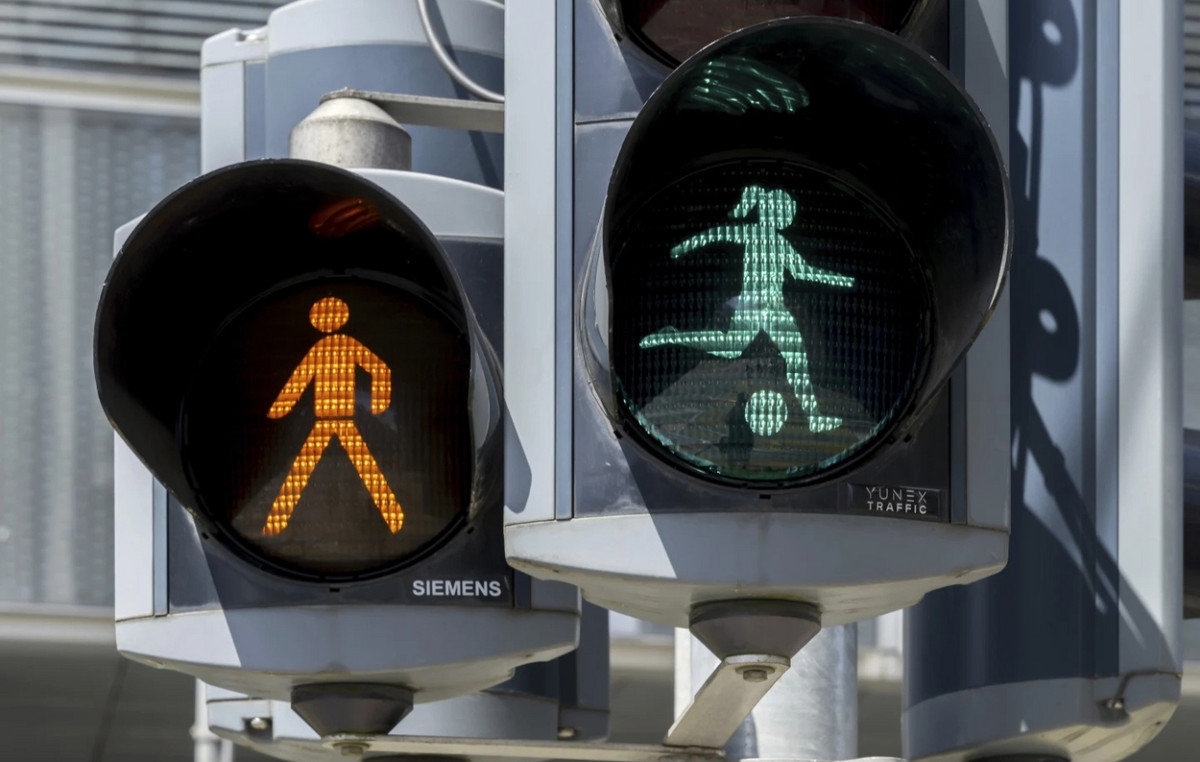Scientists are worried the 5.1 magnitude earthquake that occurred in Turkey on Monday morning and was felt in the Sea of Marmara region and Istanbul. Speaking to Mega, Efthymis Lekkas, professor of Geology and Natural Disaster Management, emphasized that the earthquake in Turkey is worrying, as if the Anatolia fault is activated, the disasters that will occur will be enormous.
“I was worried about Istanbul, since the earthquake was not big and had very little damage, but it was felt in Prussia, Istanbul and Izmit. They are areas that suffered disasters in 1999 with the earthquake,” he said.
“The earthquake was not big, but is at a pivotal point which initiates the earthquake in Istanbul. The Anatolian fault runs through all of Turkey, it has a length of about 1,500 km and this fault is activated gradually and in parts”.
The scientists had come to the conclusion that the Anatolian fault it should have been activated by 2020, but it has not been activated and this is a cause for concern.
“As long as the fault is not activated, it means that it will produce a bigger earthquake. If it produces a strong earthquake, about 100,000 buildings may collapse.”
Among the buildings that may be damaged is the historical monument of Hagia Sophia, as it is a building that carries a history of 1,500 years.
“There is a risk for Hagia Sophia, because it is a symbolic building, a building that is around 1,500 years old. At times in the earthquakes in Byzantium and then it was damaged by large earthquakes, but now it carries a history of 1,500 years,” said Mr. Lekkas.
The earthquake in Istanbul may “hit” soon or even in 10 years, scientists say, with Efthymis Lekka stressing that a part of Istanbul may be extremely earthquake resistant, however a large part of it has old structures and monuments.
Source: News Beast
With 6 years of experience, I bring to the table captivating and informative writing in the world news category. My expertise covers a range of industries, including tourism, technology, forex and stocks. From brief social media posts to in-depth articles, I am dedicated to creating compelling content for various platforms.







